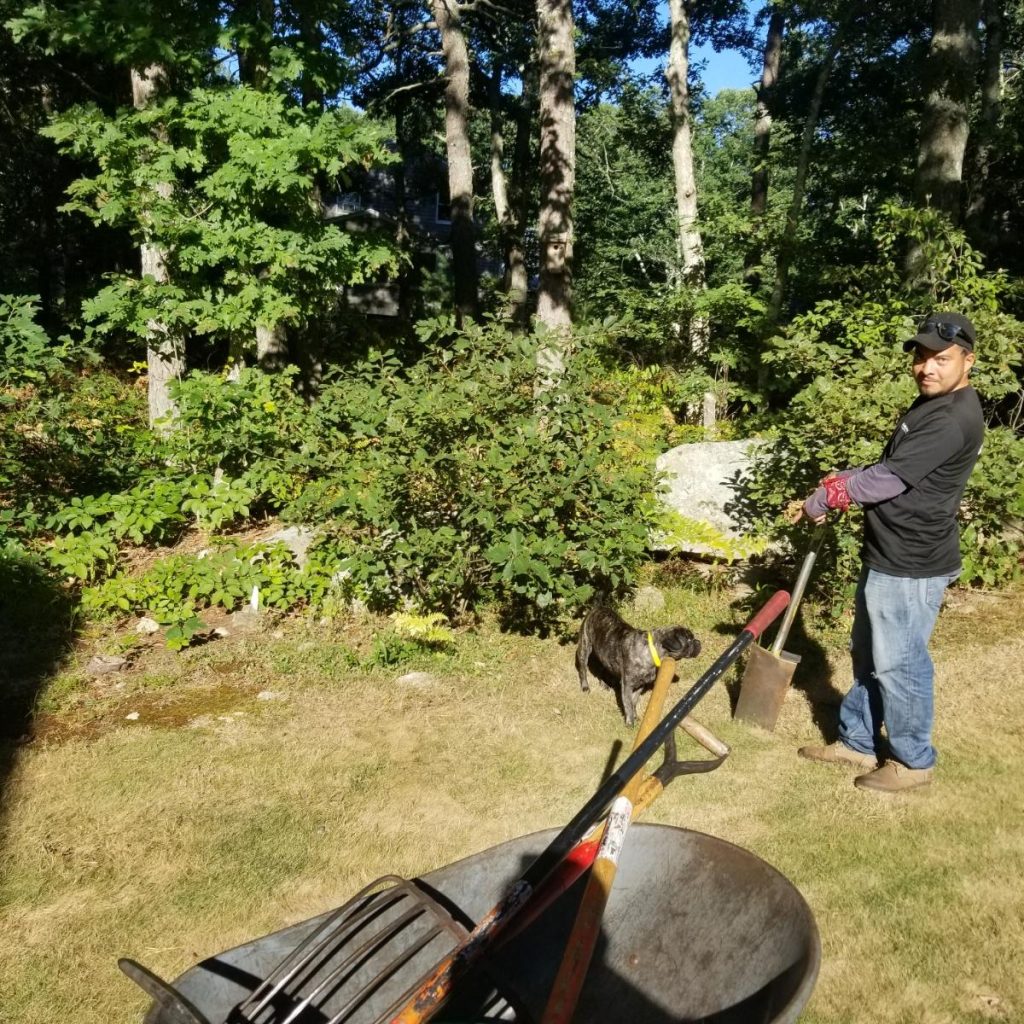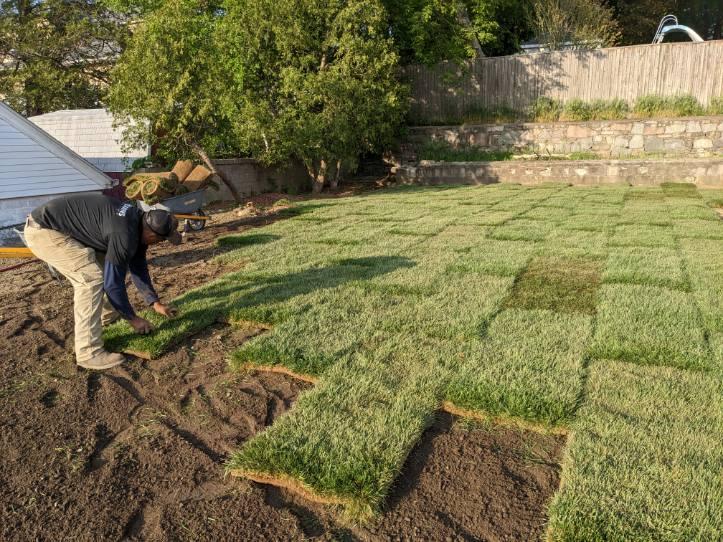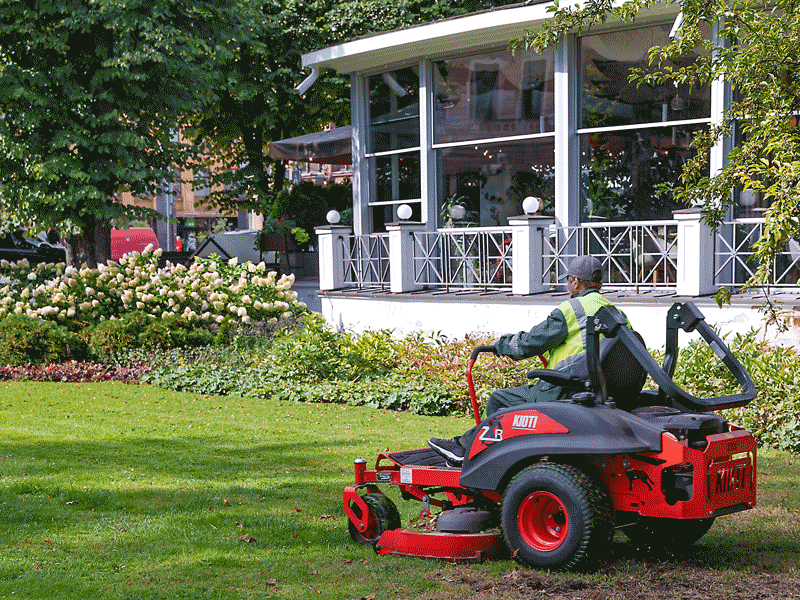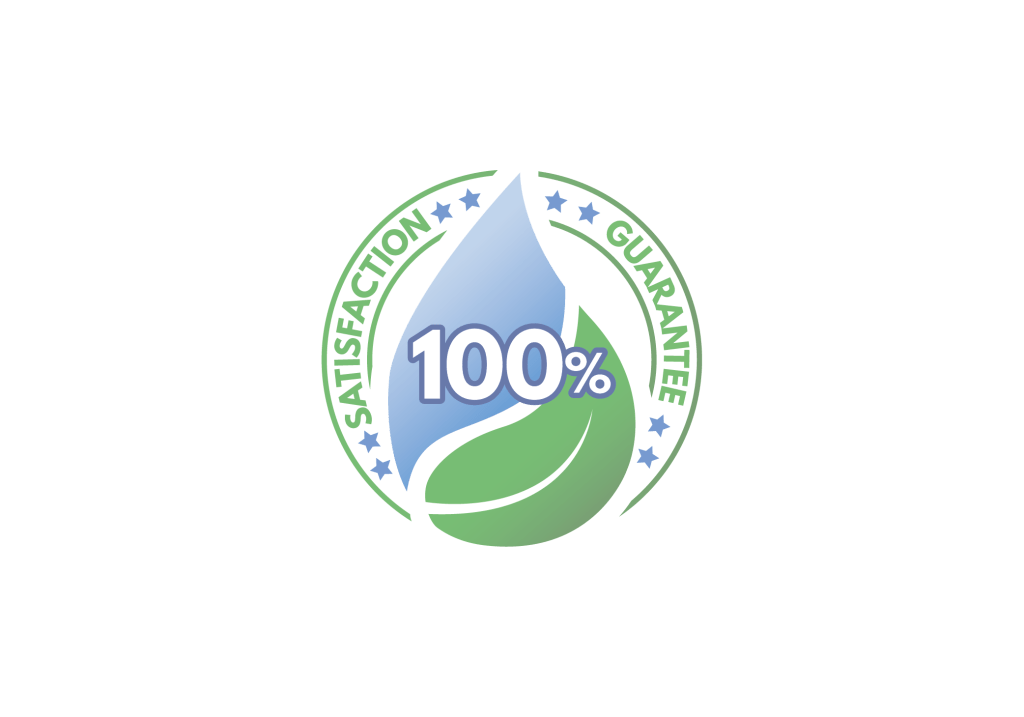Top 5 Reasons to Hire a Professional Landscaper for Spring Cleanup

Hire a professional landscaper for spring cleanup to save time, reduce costs, and enhance your garden’s beauty with expert care and state-of-the-art equipment.
The Best Tips for Healthy Trees and Shrubs

You don’t need to be a green thumb to keep your trees and shrubs looking great. Just a little time and attention. We’re sharing our simple strategies for healthy trees and shrubs.
Get the Lawn of Your Dreams with Our Lawn Renovation Services

Need some help getting your lawn looking its best? Let 855-RILAWNS help with our lawn renovation services.
855-RILAWNS Winter Services

855-RILAWNS offers a variety of winter services, that help get your lawn and home ready for spring.
Property Care Packages: Benefits, Advantages, and Services Offered

855-RILAWNS has three different property care packages. Choose from the minimalist, essentials, or premier package to fit your needs!

